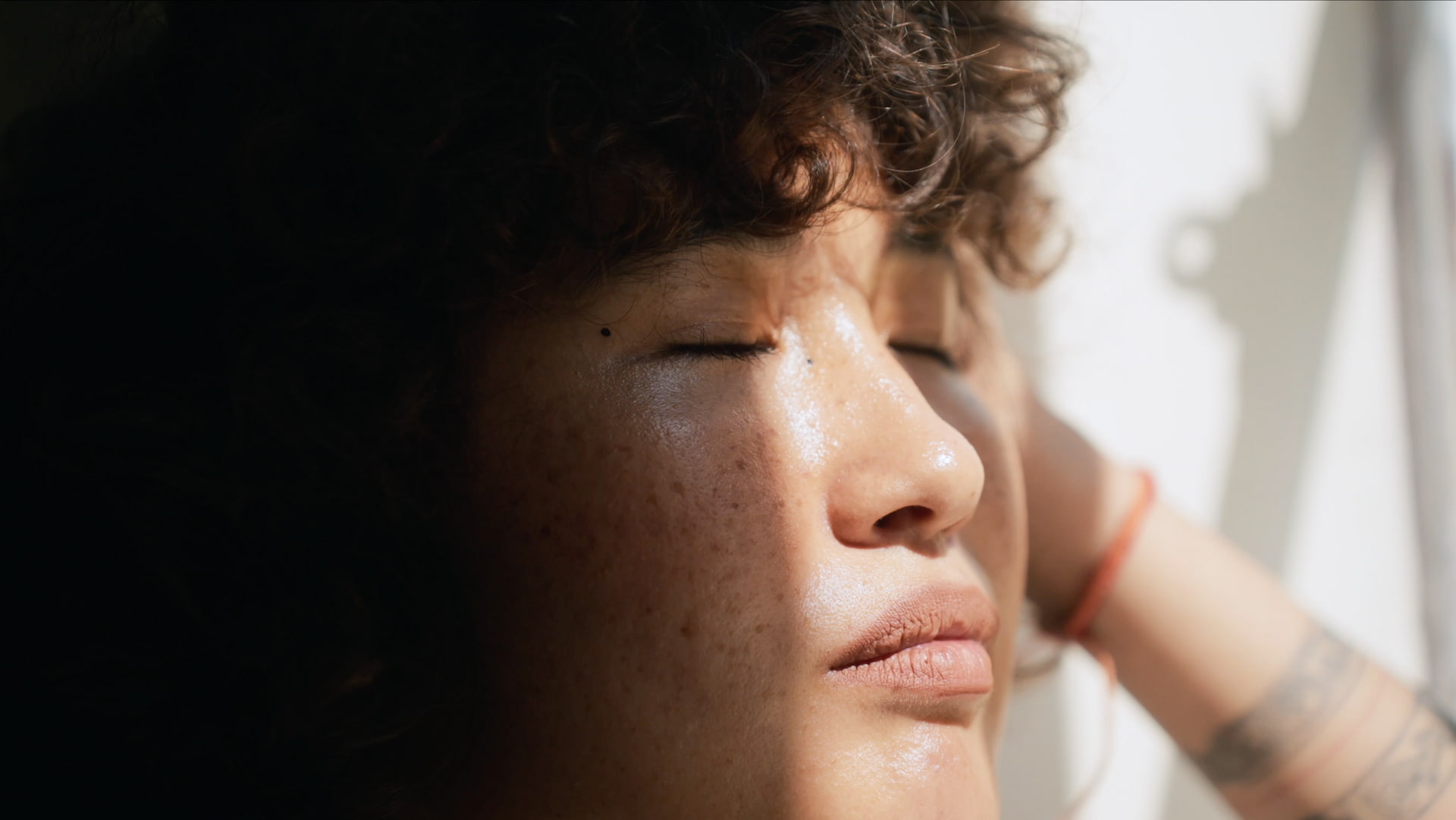My Breathwork Journal – Learning to Breathe Again
The Story of breathing and me is full of misunderstandings. I always had problems with breathing, but I never knew why. There are two situations in my childhood that I remember. First is that sometimes when my mother needed to go to work in the evening (she worked as a nurse), I was sad and had problems breathing properly. The second is about a family trip to an indoor botanical garden with very high humidity. I had to leave early because I couldn’t breathe in there.
Breath as a Mirror
The feeling of inhaling but not getting enough oxygen out of the air was my companion ever since. Sometimes it didn’t happen over several months, sometimes it happened almost daily. It happened in bed while walking in the woods while sitting in a car. Of course, I went to different doctors because of it: pulmonologist, cardiologist, allergologist. They all said that everything is fine. Even though I have some allergies that could provoke asthma, that should not be the case when I don’t have any other symptoms of the allergies, which was the case.
From Asana to Pranayama
Since I started to practice Yoga every day (even if just for a short time) I have had much fewer problems with breathing properly in everyday life. Not just that, step by step I started to observe my breath and managed not to feel like suffocating in yoga classes. And it felt good.
Coming here and really learning how to breathe, learning what to be aware of and which way to go, seems like the next logical step for me. Now I’m going from “not suffering” to “actively doing something to improve”.
With this very detailed and personal introduction, I come to my topic: diaphragmatic breathing.
As we learned, diaphragmatic breathing has a lot of benefits. For me, my number 1 benefit is: I know what goal I’m working for.
Other benefits are the reduction of muscle tension, anxiety and psychosomatic diseases and more O2 in the blood – so practically all the things that I’m looking for for a long time. It also helps to raise emotional stability, confidence and resilience.
Benefits of breathwork training?
Other benefits are the lowering of the heart rate, the cardiovascular ratio, blood sugar and blood pressure. It helps to increase the lymphatic flow and with this, it’s good for the immune system. It also widens the brain and heart arteries and lowers the need for sleep.
So from the outside diaphragmatic breathing is the medicine that no doctor was able to give to me. But it’s a little bit more complicated than just taking some pills because you have to practice. When breathing diaphragmatically you breathe in your diaphragm – a muscle located horizontally between the thoracic cavity and abdominal cavity. So basically, you breathe in your belly and not in your chest (the chest doesn’t move). But attention, breathing into your belly should not be confused with pushing your belly muscles up and down. A slight but important difference.
Other than that, breathing should happen regularly through the nostrils. It should be relaxed, slow, silent, smooth and deep without any jerks. That sounds quite easy, but for somebody who formed a habit to not be aware of his breathing, it needs some practice.
Magic of Makarasana
Luckily there are some very good ways to practice diaphragmatic breathing. One of them is Makarasana: you lie face down, cross your elbows in front of your head and keep them at shoulder distance. Your hands are on the elbow of the other arm, the chest is slightly up the ground. That helps to restrict the movement of the chest. Then you rest your head on your arms. The neck is loose. The feet are apart from each other, toes are pointing outwards.
In this position, it is very easy to feel your breath because your belly presses against the floor and you feel the lifting with every inhalation. That not only helps to adjust the breath more into the belly, it also helps to strengthen the abdominal muscle. The posture also helps to gently expand the lower back and flaring the lower ribs out to the side. Because your weight is on your abdomen and lower chest, the breath does not drop into the lower belly, but it fills in the lower back and sides at the waist.
